Hard Pruning for Common Shrubs
If one of these common shrubs is looking overgrown, give it a severe cutback for a flush of vigorous, dense new growth
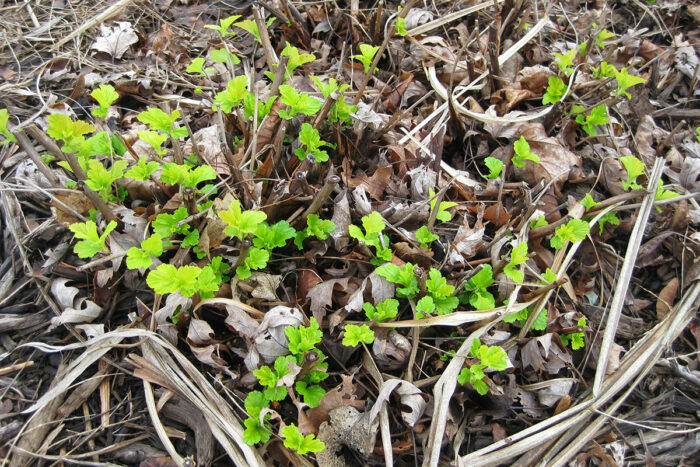
Over time, many deciduous shrubs can become overgrown, leggy, splayed open in the center, and less vigorous. A technique called severe rejuvenation pruning, or hard pruning, is a bold approach to addressing these conditions. It encourages regeneration of fresh new stems resulting in a vigorous plant.
Hard pruning vs. renewal pruning
This technique should not be confused with renewal pruning, which is a more gradual approach involving removing stems over the course of a few years. Renewal pruning is frequently used on lilacs (Syringa spp. and cvs., Zones 3–8) and other larger shrubs that benefit from having older stems removed but with only one-third of the plant material removed each year. This approach has lots of merit for a wide range of shrubs but isn’t as severe as the process we’ll examine in this article. When considering how severely to prune any woody plant, consider the technique and timing that is appropriate for that type of plant. Do your research first!
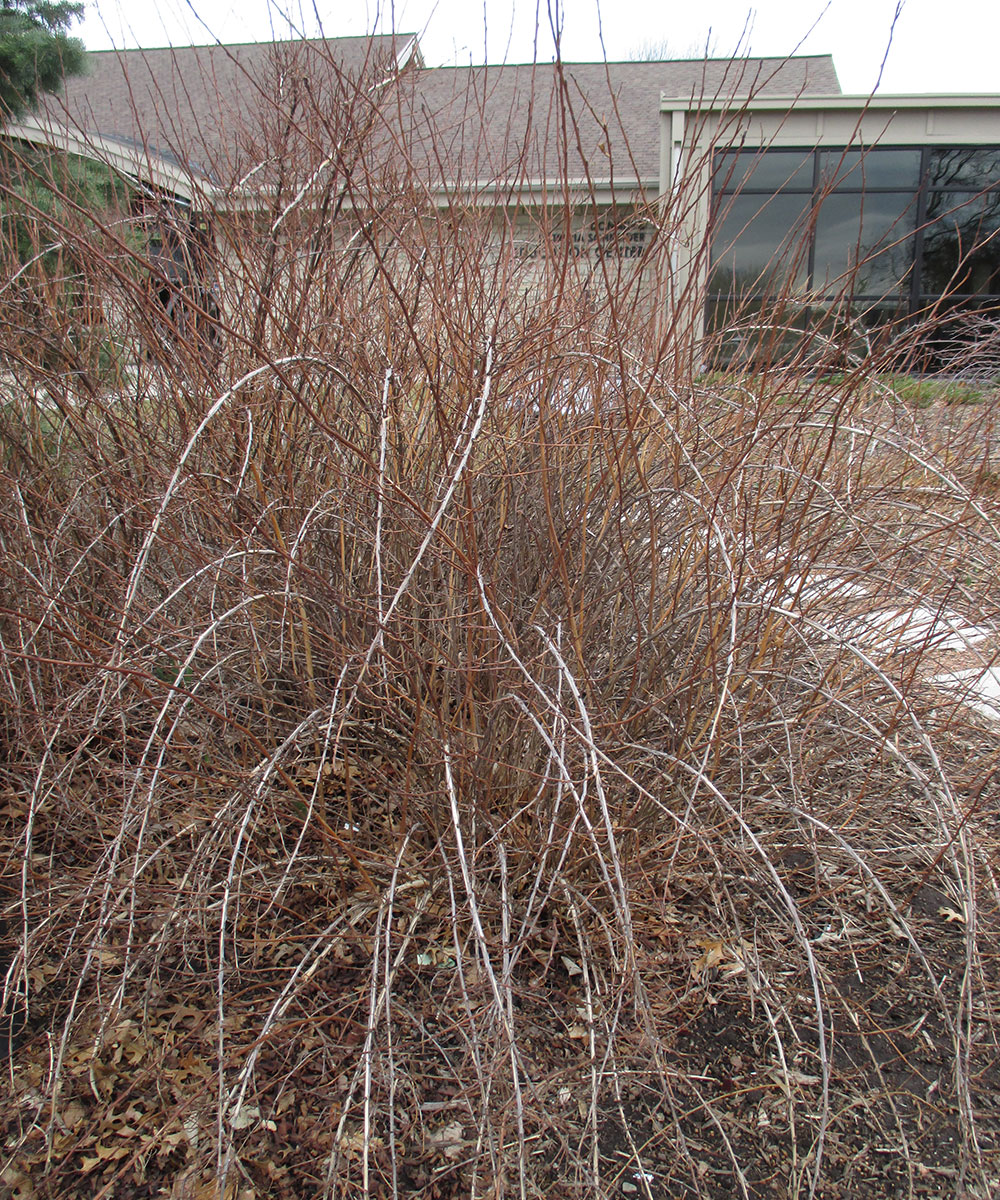
The basics of hard pruning
When unattended for many years, older woody shrubs will start to lose vigor and will benefit from a fresh start. The hard pruning approach involves cutting the entire plant down to around 3 to 6 inches from the ground in very early spring before any foliage is emerging. This timing will minimize stress on the plant and direct energy into the growth of new stems. Use clean and sharp tools, and make sure you are using the best tools for the job. This may include hand pruners, loppers, and/or a handsaw. It is important to note that spring-blooming shrubs that are cut back in this fashion will not bloom in the same year, as they will be focusing strictly on new stem and foliage growth, which will be amazingly robust. They will bloom the following year and then be back on schedule.
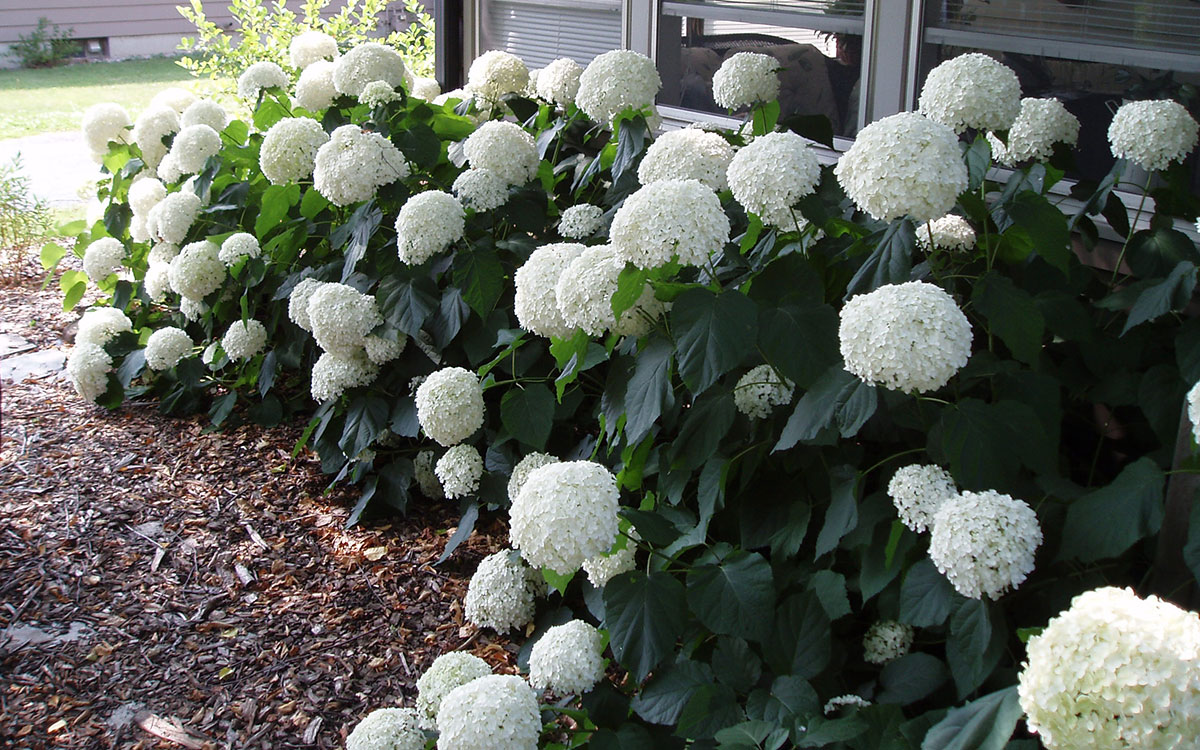
Good candidates for hard pruning
While the goal of hard pruning is to prompt quick regrowth and development of a fresh new plant, there are few shrubs that are injured or irreparably damaged from this process. Some shrubs will take longer than others to fill back out again. Due to the severity of this approach, it is recommended only every three to five years. However, woody shrubs such as smooth hydrangea, Japanese spirea, ninebark, and elderberry can be pruned like this more often, even as often as annually if desired. As summer bloomers, smooth hydrangeas will rebound that season and still bloom in summer on new growth. Spirea may or may not bloom that same year depending on its normal bloom cycle; in my experience, they are more than likely to still bloom. Ninebarks and elderberries will not bloom that season but will respond very well with vigorous and colorful new growth. This is not a comprehensive list, as there are many other shrubs that will respond to this approach as well as the renewal pruning technique mentioned above. But for this article’s purposes, here’s more detail on how each of these four shrubs respond to a hard pruning.
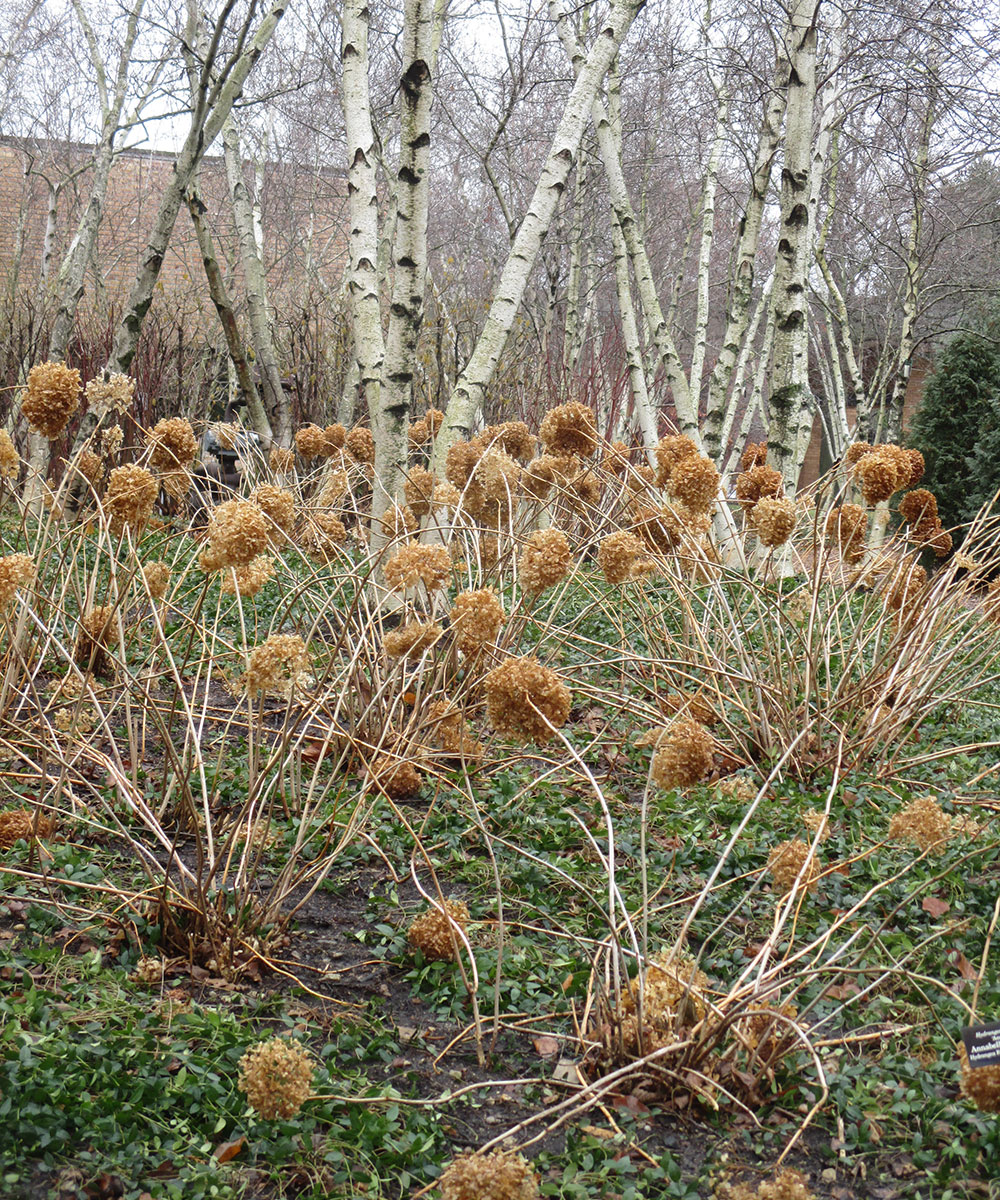
Rejuvenation pruning for smooth hydrangea
Hydrangea arborescens and cvs., Zones 3–8
There are so many great selections of smooth hydrangea on the market, including some nifty compact forms. Because smooth hydrangea blooms on both old and new wood, there is no danger of losing the summer flowers if you cut these shrubs back to a couple inches from the ground prior to spring growth. A brand-new plant will emerge, reach mature height quickly, and bloom. Keep in mind that other species of hydrangea will not respond this way and should be pruned differently.
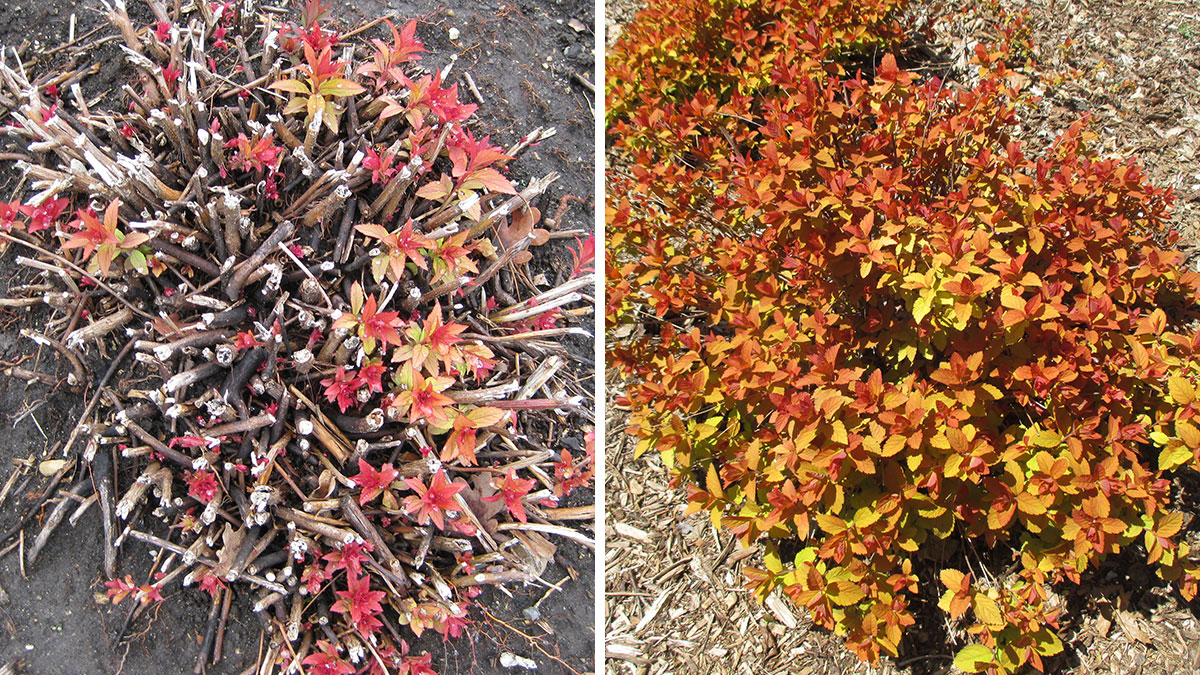
Rejuvenation pruning for Japanese spirea
Spiraea japonica, Zones 3–8
Japanese spirea is a tough shrub and is durable in our Midwest climate. However, it can get congested and leggy over time. A severe rejuvenation pruning can be done every year with a very quick response of growth and flowering. You can also cut it back in fall to allow the opportunity to plant bulbs around the base for an additional show of color in spring before the spirea has filled back out again with new growth.
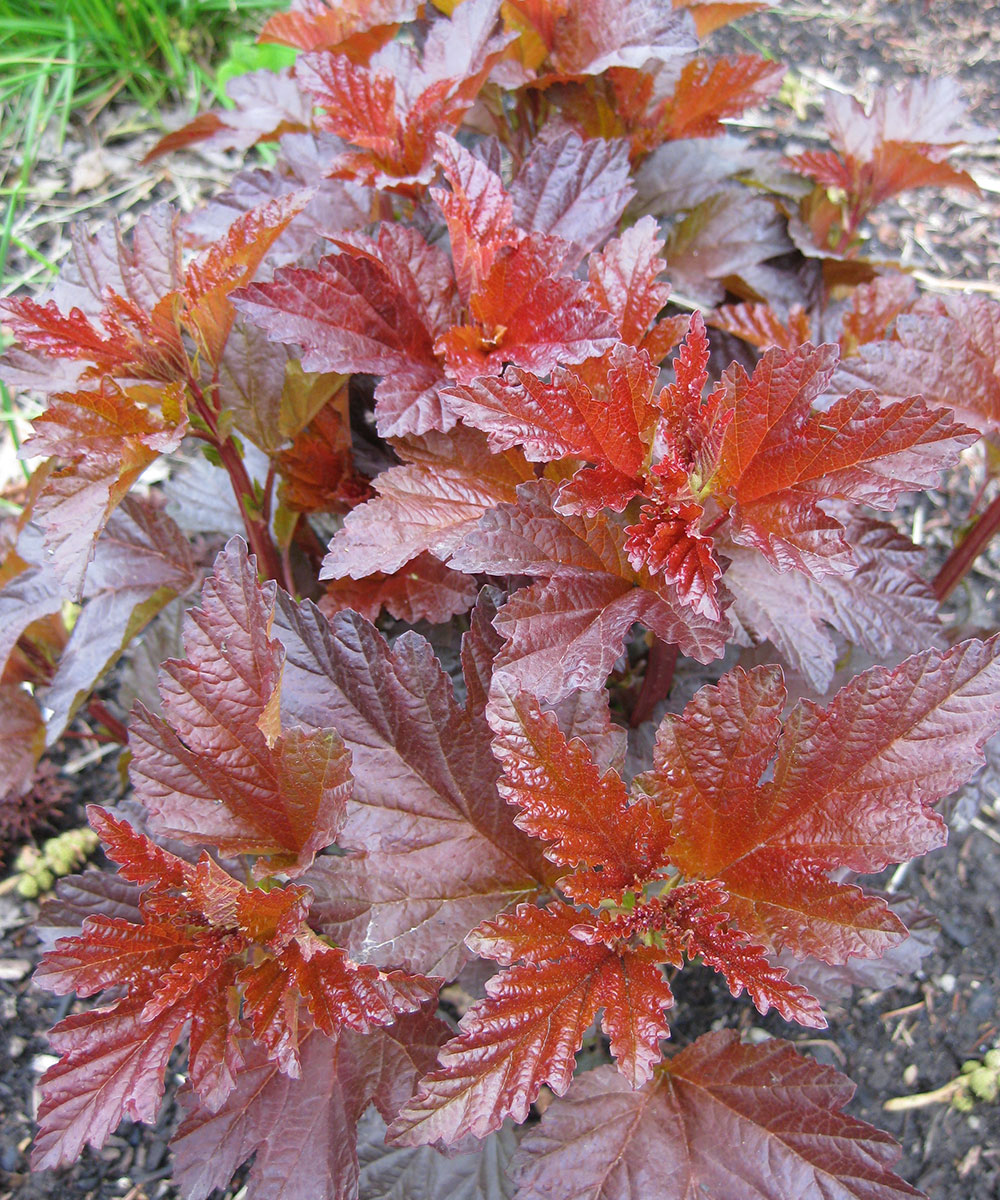
Rejuvenation pruning for ninebark
Physocarpus opulifolius and cvs., Zones 2–8
There are now dozens of varieties of this tough native shrub. Available in a wide range of heights and featuring foliage colors of gold, maroon, orange, and green, ninebarks continue to be very popular. A severe cutback creates a new plant very quickly, but this does result in a significant loss of the blossoms for the year. Consider this more-severe approach every couple of years, as the stems of ninebark can get very congested. A fresh start is a great way to reestablish vigor.

Rejuvenation pruning for elderberry
Sambucus spp. and cvs., Zones 4–7
Specifically, golden selections of red elderberry (Sambucus racemosa, Zones 3–7), such as ‘Sutherland Gold’ and Lemony Lace® (‘Smnsrd4’), as well as the dark foliage selections of black elderberry (Sambucus nigra, Zones 5–8), such as Black Beauty® (‘Gerda’) and Black Lace® (‘Eva’), are great candidates for hard pruning. With these selections gaining significant size in time and splaying more open in the center, a bold rejuvenation pruning results in amazingly quick regeneration to a moderate size. But again, the blossoms will be lost for that year. I hard prune my ‘Sutherland Gold’ elderberry at home every late winter and am rewarded with a new, vivid, 6-foot-tall-and-wide plant in the landscape.
Looking for more information on how to prune common shrubs? Read on here:
—Mark Dwyer, former director of horticulture at Rotary Botanical Gardens in Janesville, Wisconsin, operates Landscape Prescriptions by MD.
Fine Gardening Recommended Products

Fiskars 28" Power-Lever Garden Bypass Lopper and Tree Trimmer
Fine Gardening receives a commission for items purchased through links on this site, including Amazon Associates and other affiliate advertising programs.
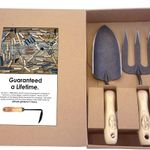
Dewit 3-Piece Tool Gift Set with 3-Tine Cultivator, Forged Trowel and Forged Hand Fork
Fine Gardening receives a commission for items purchased through links on this site, including Amazon Associates and other affiliate advertising programs.
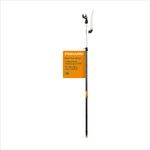
Fiskars 7.9-12ft Extendable 2-in-1 Pole Tree Trimmer & Pruner with Rotating Head and Precision-Ground Steel Saw Blade
Fine Gardening receives a commission for items purchased through links on this site, including Amazon Associates and other affiliate advertising programs.







Comments
Log in or create an account to post a comment.
Sign up Log in